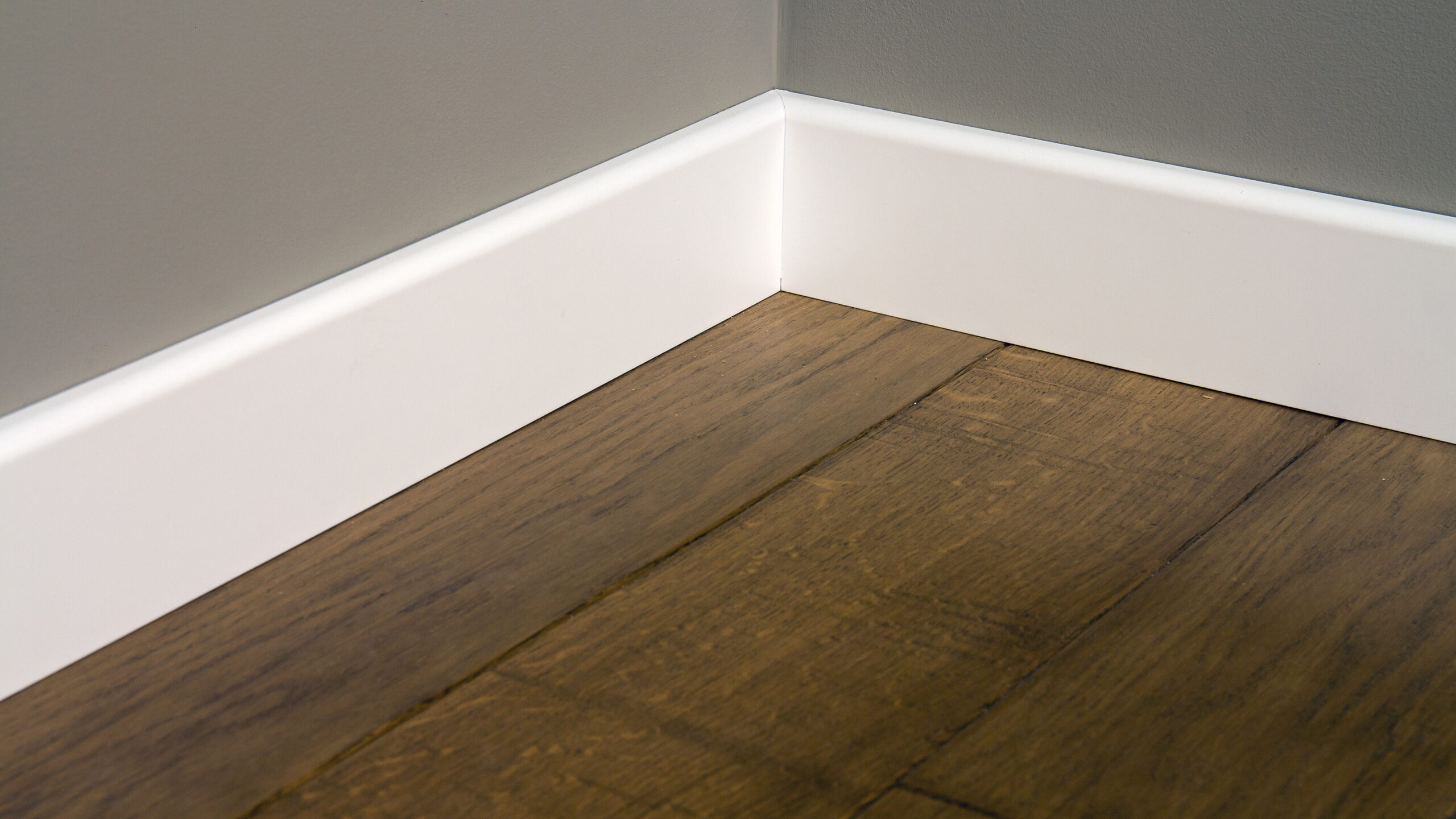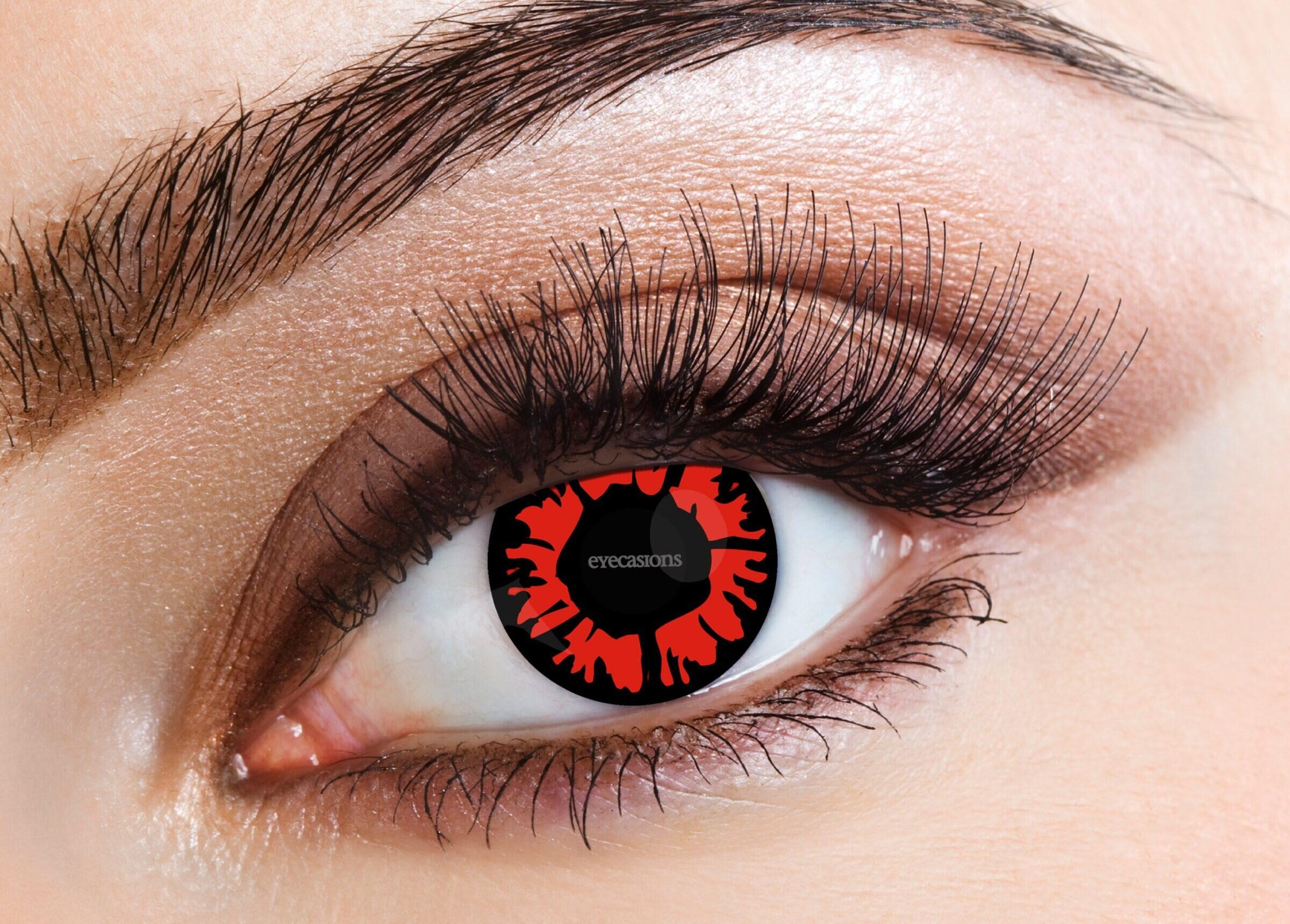Engagement setups are popular among partners who are forecasting to tie the knot soon. That’s why they propose to a lady in a romantic setting and as a part of their preparation, rings are typically offered as a symbol of their assurance. When their girlfriend accepted this, expect a celebration because it means that she’s marrying this man and they’re officially engaged.
This has always been one of the most awaited moments in every girl’s life and it doesn’t matter what type of diamond ring she receives – Click Here for a variety of options. Some ladies are not expecting to wear the most expensive ones on their fingers because it’s the thought that counts. This is one reason why lab-grown loose diamonds became well-known in the jewel industry.
When you go to these shops in NY, your eyes will be full, since you’ll find all sorts of jewels in different cuts or shapes. Every piece of necklace or pair of earring are perfectly designed for certain occasions and you’ll surely want to purchase every sparkling item. So if you have plans of purchasing elegant accessories for your daily or occasional use, then make sure to know first what these precious stones are.
Lab-Created Diamonds
These man-made stones are synthetic diamonds which means that they are refined to look like natural ones. Therefore, if you’re not an expert in defining what’s real, then you’ll think that lab-grown types are genuine. It’s because they also comprise the same structures, such as carbon atoms, as well as, elements and visual physiognomies.
You may see how these pieces of jewelry sparkle have no difference. However, when it comes to value, synthetic ones are more affordable.
How are they made?
Diamonds go through the process of heating and pressuring so that carbon atoms can turn into gemstones. But the copied ones replicate the natural process to create identical stones. Lab-created will only need several weeks to grow, while it will take years for a genuine type.
We only need a diamond seed which has to be stored in a chamber that’s specially designed with the same conditions that the real one needs. These carbon-coated seeds will transform in the long run just like how diamonds are – visit https://www.businessinsider.com/growing-pure-diamond-gems-2016-10 to read further.
The heatingprocess involved could either be High Pressure-High Temperature or Chemical Vapor Deposition. An HPHT requires about 1500°C or 2700F with 1.5 million pounds for every square inch. While CVD only needs chemical gas mixtures that will lead to hardened crystals.
What’s the difference?
They are dissimilar when it comes to the process of how they are created. But they also differ when it comes to various qualities, such as grade report, worth, cost of reselling, rarity, and prestige.
You can also appreciate the physical varianceor you’d like to distinguish man-made and real ones by using special equipment. Through magnification, the experts can see what’s included in this gemstone. How lights reflect for instance can be seen and compared.
Factors to Consider when Buying Lab-Grown Loose Diamond
You may be purchasing cultivated gemstones, but that’s not a reason not to be mindful of what you need. You’re buying items for special events and important folks so you have to be considerate.
Another thing, even if these are cheaper than real stones, they’re costly as well. Therefore, let’s deal with a few factors that you’ll be agreeing with.
Cost
Bear in mind that appearance would be alike and so the quality. Let’s say that you should at least check on the prices which are ten to fifty percent less than the authentic items. With this, it would be more affordable and suits a tight budget circumstance.
Don’t forget that with higher qualities, the worth will be greater as well. Therefore, be cautious of the way it was cut, color, and rating. Rates for reselling aren’t always valuable, thus, it won’t be of great help when it comes to resale – this website will tell you more.
Four C’s
This factor will aid you decide which gemstone is best for the event where you’ll be using this jewelry. Let’s assume that this is an ideal judging category for buyers.
Through the C’s you’ll meet the standards that will help determine the class of each piece. That’s why you should be aware of these details – cut, color, clarity, and carat.
Cut

For this to be perfect, a professional cutter’s skill is a must. This person will be in charge of planning, mapping, and cutting the surfaces of every piece he’ll be working on. The process must be done precisely and accurately because this will be appraised.
The size or carat of the gemstone will usually reduce because they need to discard the excess part. Anyway, the sizes are defined in the lab. Therefore, cutting small or big stones won’t be a problem.
Color
The color is typically absent when it comes to diamonds. This is graded based on the scale which is usually from D to Z. When it’s colorless, then it will get a grade of D, while it would be grade Z if the color yellow is present.
It would be more luxurious when it’s colorless since it’s rare. For gems with a hue of brown, it would be cheaper.
Clarity
These gems are measured to find out if there are inclusions. However, these imperfections aren’t visible so you need a gadget for this.
Therefore, you must check out if this is high or low. The level will range from Internally Flawless(IF) to Inclusions(I2).
Carat Weight
The jewelry’sphysical weight is a factor that suits your preferences. There’s no such ideal carat when it comes to engagement rings.
Your choice will depend on how much you can afford because the size will define the weight. Anyway, you may start choosing from 0.30.
Grading Reports
What affects this factor is the clarity, cut, and color of the stone. Let’s say that this has something to do with the performance so its properties must be assessed.
Groups, such as GIA, GCAL, IGI, etc. are grading them. If you want to make sure of your choices, then find this information from the report.





